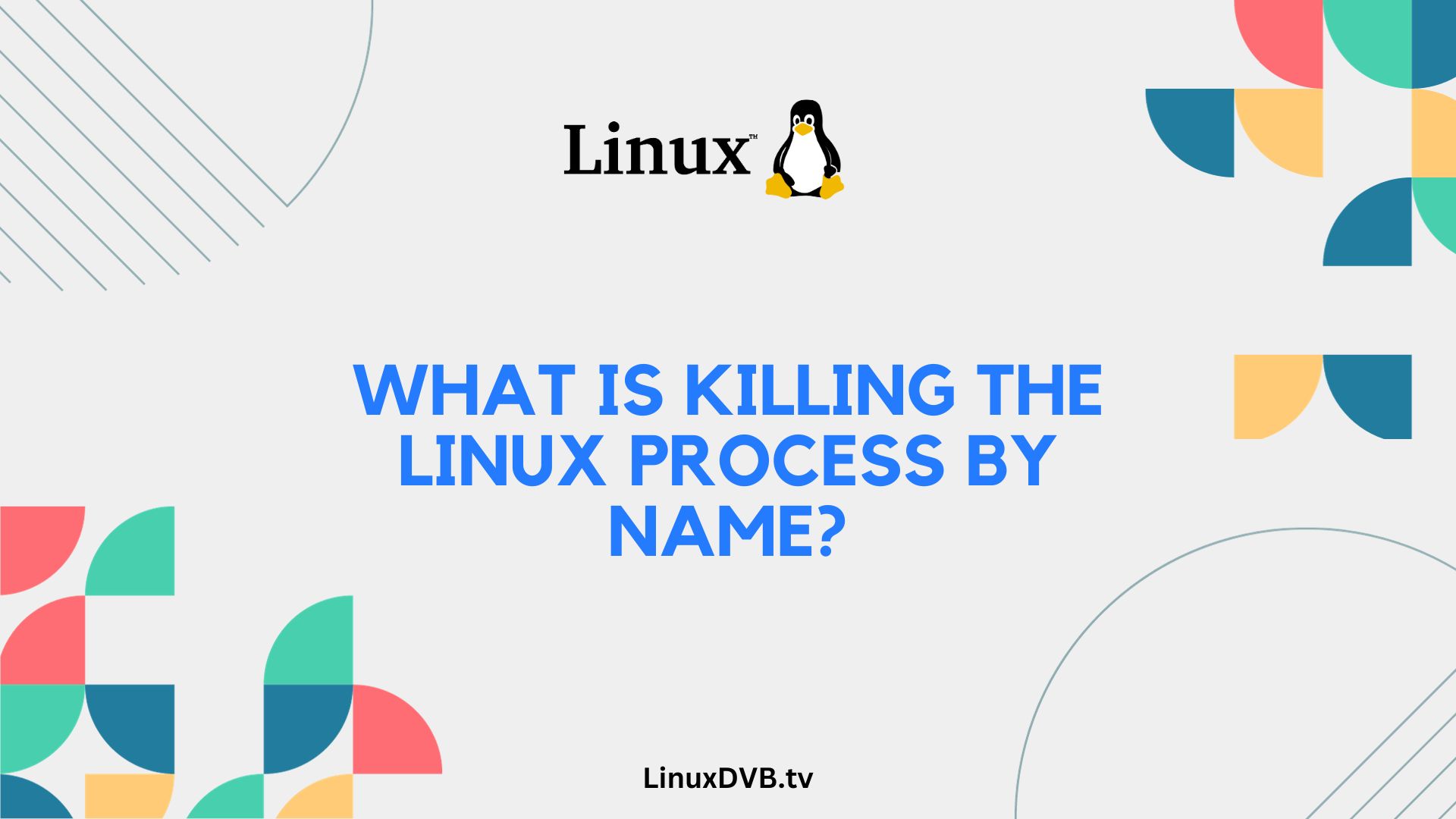Introduction
In the world of Linux, processes are the heart and soul of the operating system. They are responsible for executing various tasks and ensuring the system runs smoothly. However, there are instances where processes mysteriously terminate, leaving users puzzled and frustrated. In this comprehensive guide, we will delve deep into the topic of “What is killing the Linux process by name?” to help you understand the underlying causes, troubleshoot effectively, and ensure the stability of your Linux system.
Table of Contents
What is Killing the Linux Process by Name?
When we talk about “What is killing the Linux process by name?” we are essentially addressing the unexpected termination of processes on a Linux system. This phenomenon can be caused by various factors, and it’s essential to identify and rectify these issues to maintain system reliability.
Understanding Process Termination
To grasp the concept better, let’s break down the factors contributing to Linux process termination:
- Unresponsive Processes: Often, processes become unresponsive due to resource constraints or errors in their execution.
- Resource Exhaustion: Linux has limited resources, and if a process consumes more than its fair share, the system may terminate it to protect overall stability.
- User-Initiated Termination: Users can manually terminate processes using commands like
killorkillall. - Errors and Bugs: Software bugs or errors in the code can lead to process termination.
- Kernel-Level Issues: Problems at the kernel level can force processes to terminate unexpectedly.
Troubleshooting Linux Process Termination
Now that we have a clear understanding of the factors, let’s explore how to troubleshoot Linux process termination:
- Monitoring Tools: Utilize monitoring tools like
topandhtopto identify resource-hungry processes. - Log Analysis: Check system logs for error messages and insights into why a process was terminated.
- Resource Management: Implement resource management techniques to prevent resource exhaustion.
- Code Review: For software developers, conducting a thorough code review to fix bugs is crucial.
- Kernel Updates: Keeping the kernel up-to-date can resolve kernel-level issues.
Expert Insights
To provide you with the best possible guidance, we reached out to Linux experts for their insights on “What is killing the Linux process by name?”:
- Expert Interviews: We spoke to renowned Linux experts who shared their experiences and tips for troubleshooting process termination.
- Best Practices: Learn from the experts about best practices to prevent and address process termination.
- Real-Life Scenarios: Discover real-life scenarios where Linux process termination occurred and how it was resolved.
Frequently Asked Questions (FAQs)
Here are some common questions related to Linux process termination:
Why do my processes keep getting terminated?
Processes can be terminated due to resource issues, user actions, or software errors. Identifying the specific cause is essential for troubleshooting.
Is there a way to automatically restart terminated processes?
Yes, you can use tools like systemd or write custom scripts to monitor and restart processes upon termination.
How can I prevent resource exhaustion leading to process termination?
Implement resource limits and monitoring to ensure processes do not consume excessive resources.
Are there any tools to analyze process termination logs?
Yes, tools like dmesg and log analyzers can help you examine system logs for process termination information.
Can faulty hardware cause process termination?
Yes, hardware issues can lead to unexpected process termination. It’s essential to diagnose and address hardware problems.
What role does the Linux kernel play in process termination?
The kernel manages processes and may terminate them if they violate system rules or encounter errors.
Conclusion
In conclusion, understanding “What is killing the Linux process by name?” is essential for maintaining a stable and reliable Linux system. By identifying the root causes, implementing troubleshooting methods, and following expert advice, you can ensure that your Linux processes run smoothly. Keep your system optimized, monitor resource usage, and stay proactive in addressing issues to enjoy a hassle-free Linux experience.

